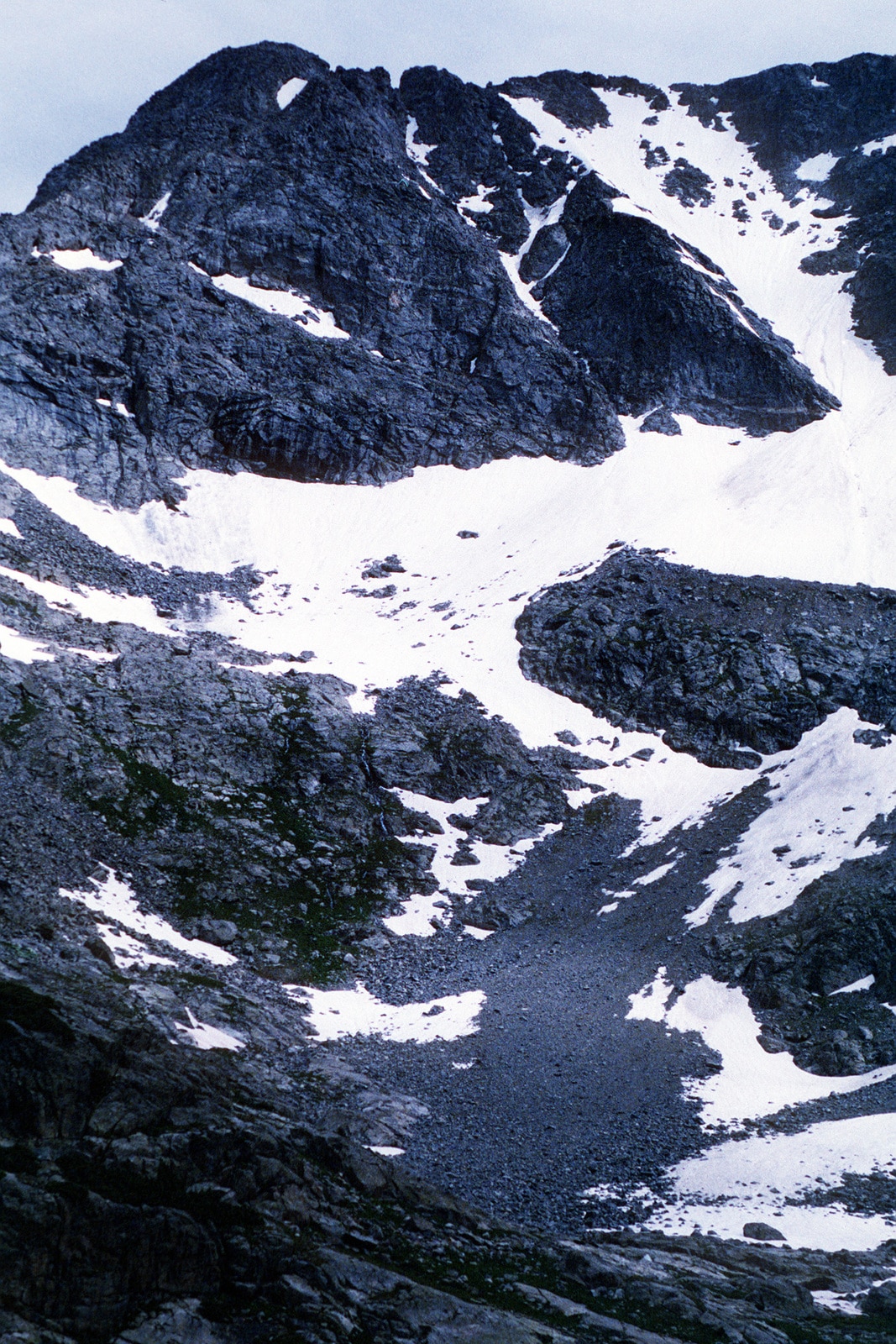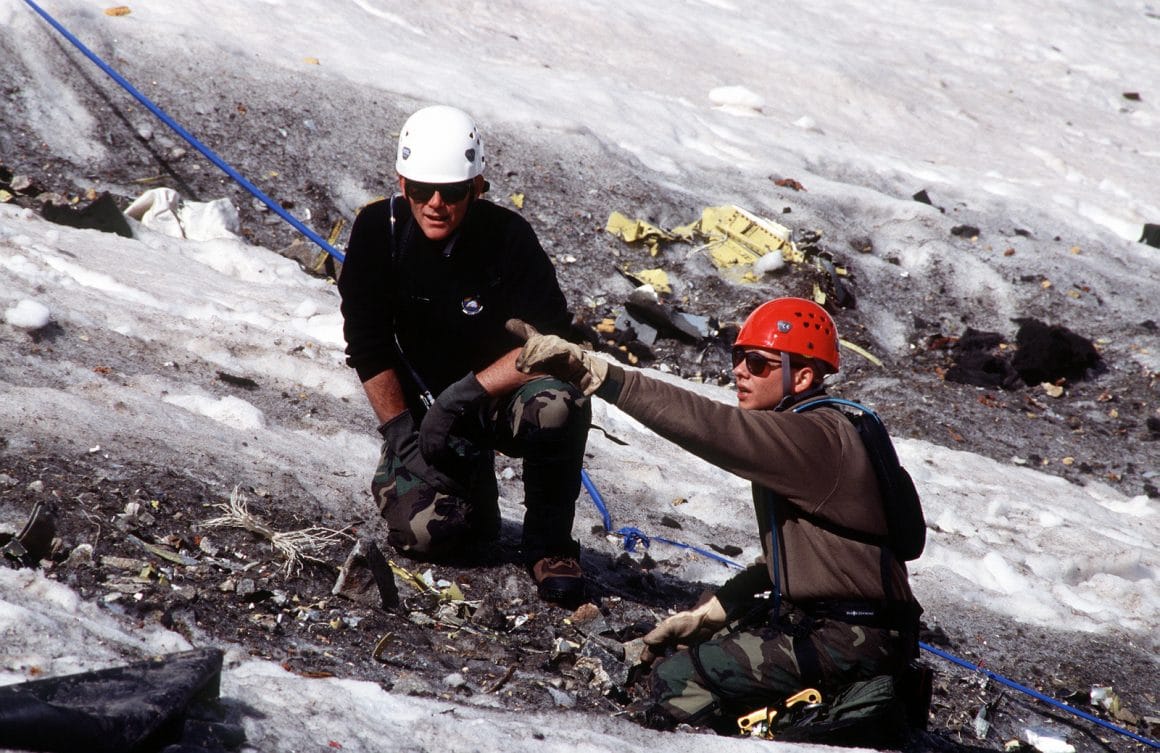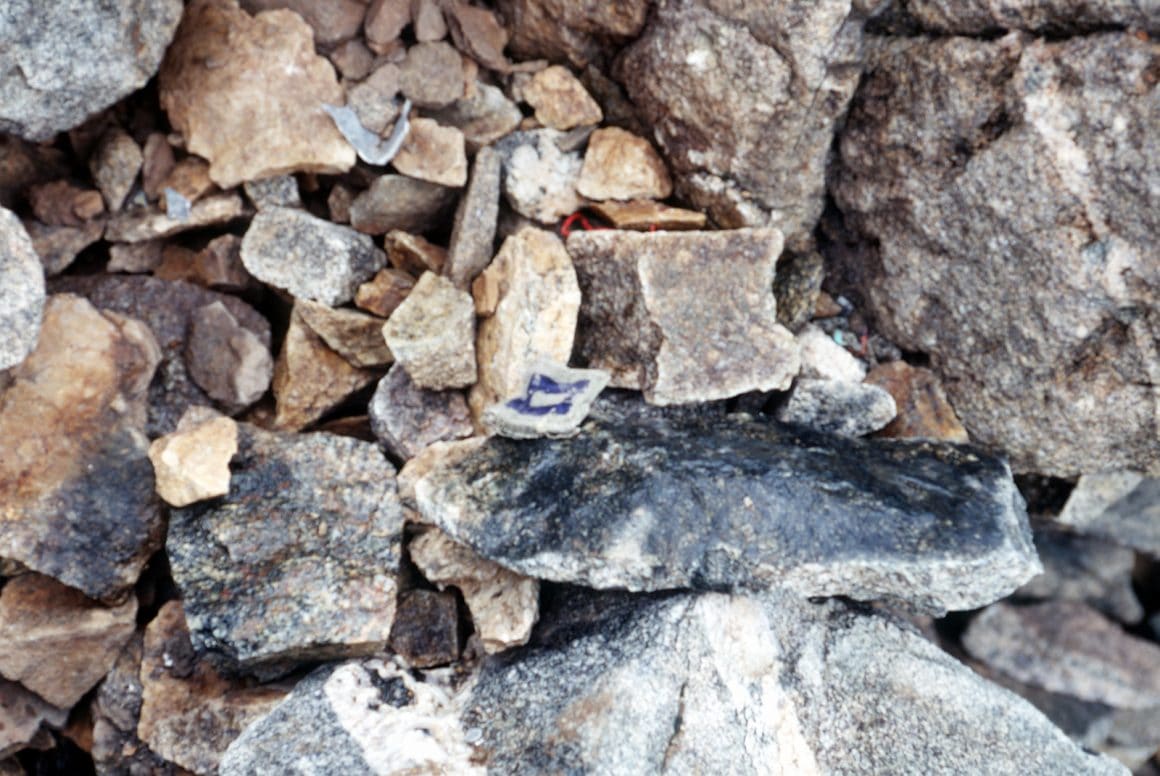Sightings of Button’s A-10A (479) Reported by Ground Observation
1158- 479 sighted east of Tucson AZ
1210- 479 sighted west of Apache Junction AZ
1211- 479 sighted several miles south of Theodore Roosevelt Lake AZ
1229- 479 sighted north of Theodore Roosevelt Lake AZ
1243- 479 sighted approaching the New Mexico/Colorado border
1258- 479 sighted just inside the Colorado border
1300- 479 sighted near Telluride CO
1308 – 479 sighted near Montrose CO
1322- 479 sighted flying a zig-zag course between Grand Junction and Aspen CO
1327- 479 sighted north of Aspen CO flying a northeast heading
1330- 479 sighted due south of the last observed position
1333- 479 sighted southeast of the last observed position
1335- 479 sighted northeast of the last observed position between Aspen CO and Grand Junction CO
1337- 479 sighted on a northeast heading
1340- 479 is sighted circling northeast of Aspen near Craig’s Peak and New York Mountain CO (last reported sighting- radar contact with 479 lost at 1340)

The Search for A-10 Wreckage
The Air Force, Colorado National Guard, and Civil Air Patrol conducted an exhausting three-week search for the crash. A U-2 reconnaissance aircraft launched from Beale AFB in northern California identified five possible crash sites high up in the Colorado Rockies. On 20 April, 18 days after Button’s aircraft disappeared, the crew of a Colorado Army National Guard High-Altitude Army Aviation Training Site (HAATS) Bell OH-58 Kiowa helicopter spotted what looked like aircraft wreckage on top of Gold Dust Peak in the Holy Cross Wilderness at an elevation of 13,265 feet.

Inaccessible Wreckage and Waiting It Out
Bad weather, snow, and difficult terrain impeded access to the crash site. It took several days before investigators could positively identify the wreckage as that of the missing A-10 and “fragmentary remains” were identified at the site. It took until July for the HAATS pilots to fly a team of investigators to the site. By then it was clear that Button’s jet had impacted roughly 100 feet below the summit on the northwest face of Gold Dust Peak in Eagle County, roughly 15 miles southwest of Vail in Colorado. Impact spread wreckage over the summit and onto the opposite side of the peak.

What About Those BOMBS?
Thorough examination of the wreckage revealed that the jet was very low on fuel with somewhere between two and five minutes of JP-8 remaining. After explosive ordnance teams scoured the entire region, the four bombs Button was carrying were nowhere to be found. The area around the crash site was cordoned off for months with signage warning hikers they could encounter the bombs or 30 millimeter shells in the area. One thing seems clear though- Button’s fuel would have run out long before it did if he had carried the bombs all the way to Gold Dust Peak. It seems more likely he dropped them someplace between Gila Bend and his final destination. The Goldwater Range would make sense, as well as one of the remote Indian nations (Navajo or Hopi) he flew over on his way to Gold Dust Peak. Loud explosions were reported in areas he overflew but no evidence the sounds came from the Mark 82s was ever found.

Still an Unsolved Mystery. Or Two.
No one knows why Craig Button made the fateful decision to break formation and fly over 800 miles off course to the northeast to crash in the Rocky Mountains. Was it suicide? Was it pre-planned? Was there an aircraft malfunction? And of course- where are the bombs? Button did not attempt to eject from the jet. Toxicology tests on those fragmented remains revealed no alcohol or drugs were involved. We know the Colorado Rockies was one of his favorite places- he was even written up for deviating from his flight plan to overfly them.

Theories- Plausible and Entirely Implausible
Many theories about Button and his potential reasons for his actions have been published but none have ever been confirmed. Some of these theories are quite far-fetched and we won’t get into them here. The fact is we may simply never know the why. When asked to explain what happened, U.S. Secretary of Defense William Cohen simply stated, “It is a mystery, wrapped inside an enigma, inside a riddle.” Captain Craig Button’s remains were buried at Arlington National Cemetery.

